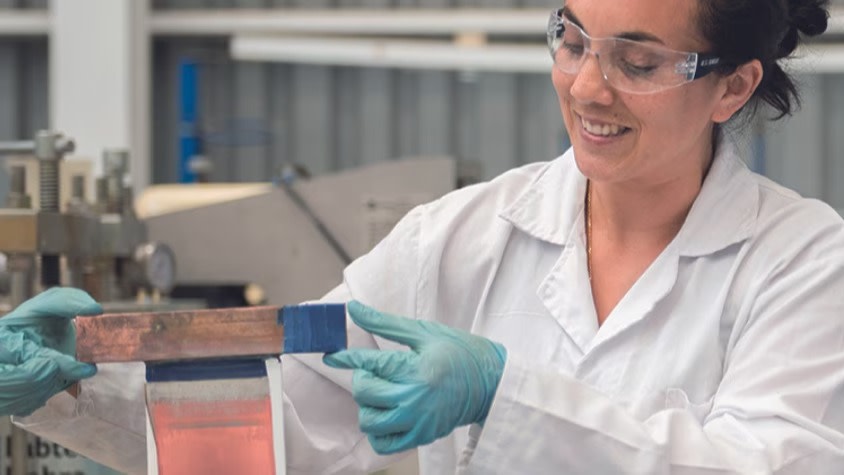BHP Targets Lower Emissions in Steelmaking
BHP Group Ltd

Collaborating with steelmakers and research institutes to develop cleaner technologies.
Supporting startups working on electrolysis.
BHP, the world's largest mining company by market capitalisation based in Australia, will focus more on certain types of commodities like copper and iron ore, which are important for decarbonisation and electrification in the future.
The steelmaking process emits a lot of greenhouse gases (GHGs) into the atmosphere. The company is working on ways to reduce these emissions and sees opportunities to help its customers develop and switch to cleaner technologies.
Goals and Challenges
To this end, it has set a medium-term goal of reducing production emissions by 30% by 2030 and a long-term goal of reaching net-zero emissions by 2050.
But, the path towards these goals is quite challenging, as steelmaking is traditionally an energy-intensive process, particularly in places like India and China, where traditional blast furnaces are widely used.
To lower emissions, BHP is leveraging the following four steelmaking technologies:
Blast Furnace (uses coal, but emissions-intensive);
Direct Reduced Iron (DRI) + Electric Arc Furnace (EAF);
Direct Reduced Iron (DRI) + Electric Smelting Furnace (ESF); and
Electrolysis (uses electricity instead of carbon to create steel).
These technologies have their own advantages and disadvantages, and the path steelmakers adopt will depend on several factors, including government policies, availability of materials, and advancements in technology.
Present Steelmaking Challenges
A large share of steel produced today is made using blast furnace technology, which generates a lot of emissions. The company is exploring ways to make this process cleaner, for example, by using carbon capture technology to trap emissions, investing in hydrogen technology, and using electricity instead of coal.
Collaborations
BHP is partnering with over 50 organisations, including tech companies, research institutes, and steelmakers, to develop greener technologies. So far, the company has invested about $140 million since 2020 and aims to invest $75 million more by 2029.
For example, BHP and ArcelorMittal are working together to test carbon capture and other technologies at a steel plant in Belgium. Another example is that BHP is backing new startups that are working on electrolysis, which could use electricity to make steel and reduce emissions.
The company is supporting the steelmaking industry by investing in a variety of approaches to lower emissions and speed up decarbonisation efforts, which will benefit its business as well as the entire industry.
Follow KnowESG's Company News for regular news and views.
Discover an extensive network of ESG providers here
Check out KnowESG's latest ESG Course updates
Source: BHP


